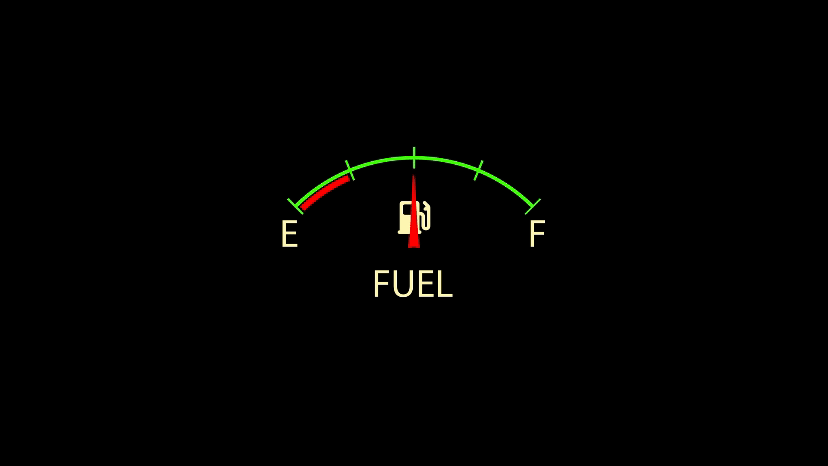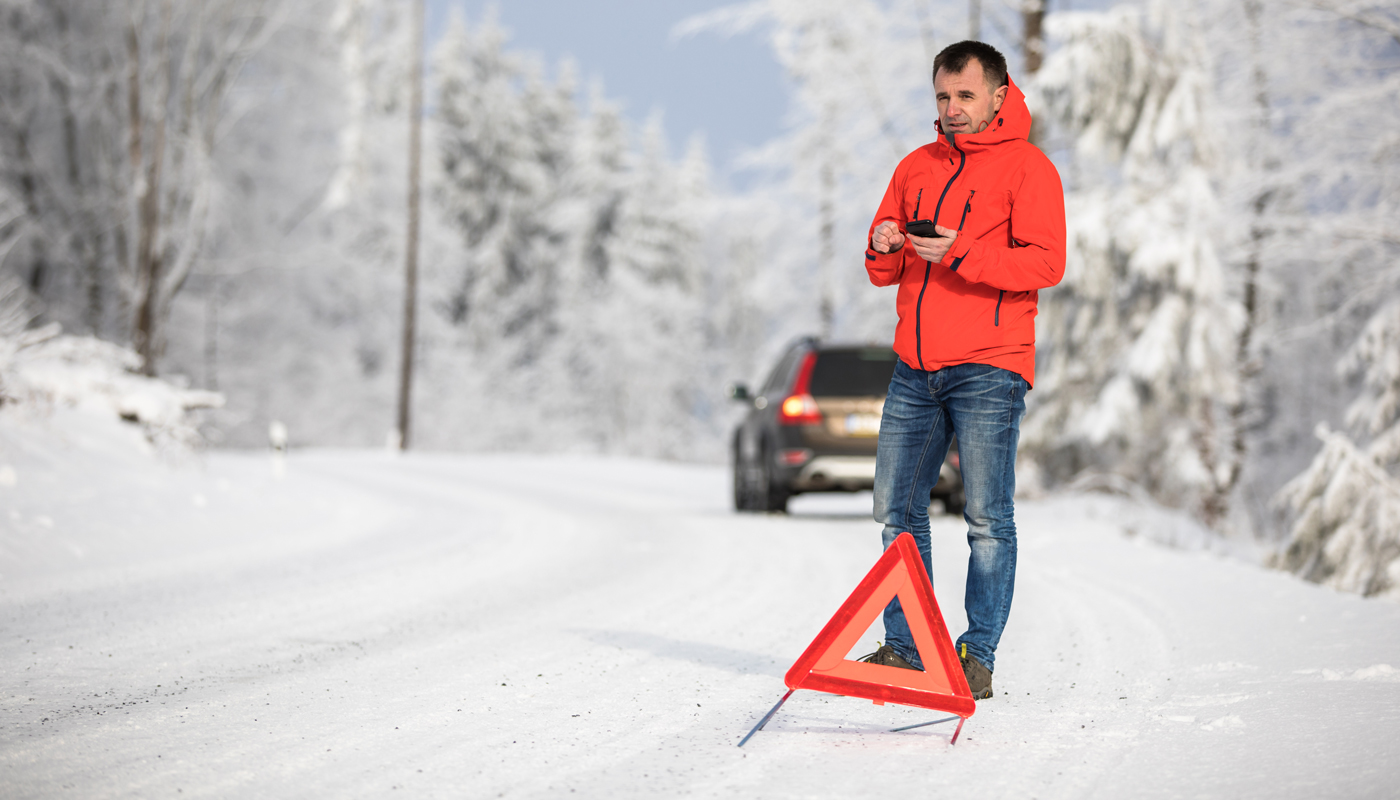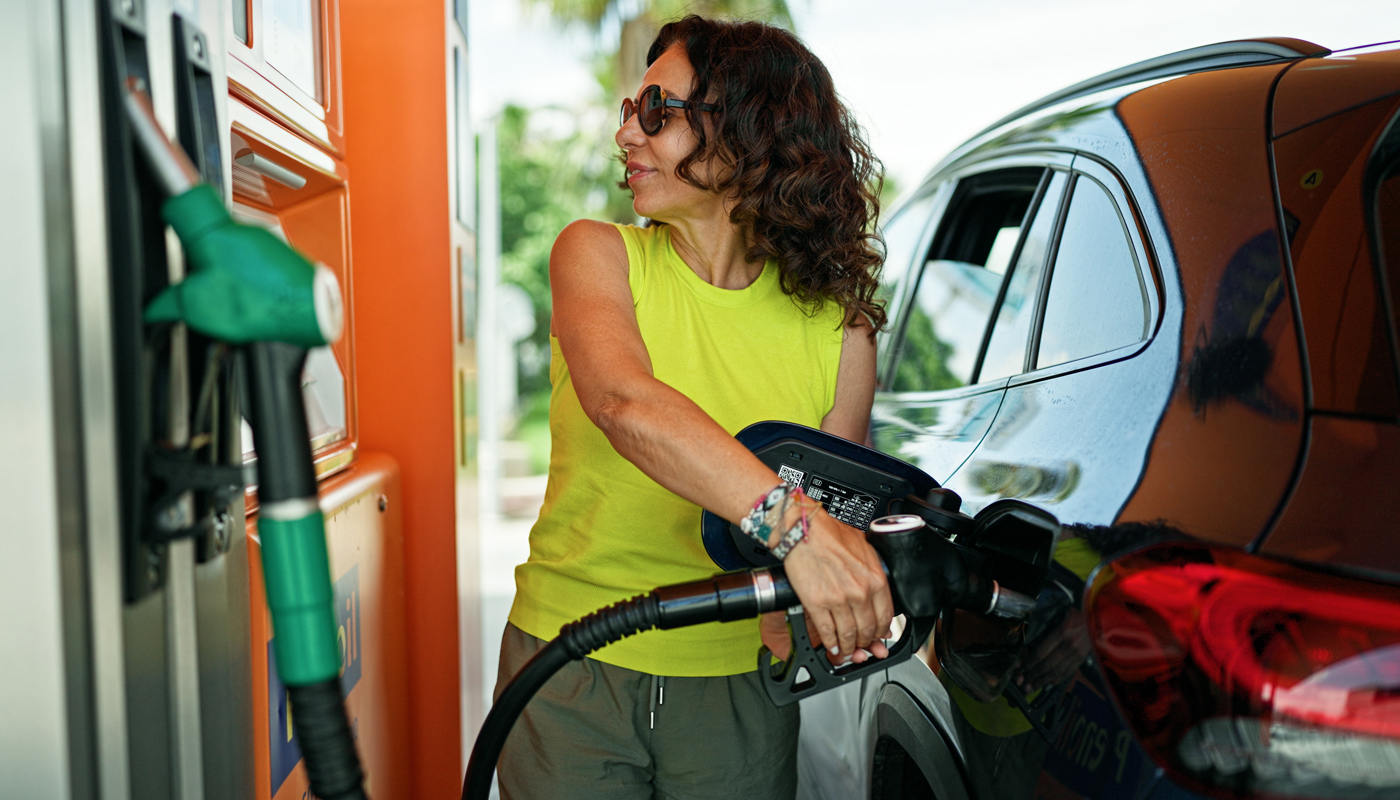Don't Run Out of Gas! Fill Up for Less!
AAA Members may save at least 5¢ per gallon at Shell when signing up for The Fuel Rewards program (terms apply).
Reasons why you should maintain a full fuel tank.
 Adobe
Adobe
As you watch that gas gauge slowly drifts from “F” to “E” tension builds. Numbers like gas prices, miles to drive, days until the next paycheck all start running through your head. Suddenly you are conflicted: do you fill up now or do you let the needle fall closer to “E” to avoid an immediate fill-up?
While it may be tempting to drive with low fuel, this can cause damage to your vehicle’s fuel systems, create safety issues and cost you more money than a quick fill-up. Here’s our rundown of reasons to “filler up!”
Vehicle Fuel System Damage
Key components like your car’s fuel pump and fuel filter depend on gas being in the tank to mitigate wear. Fuel pumps in modern vehicles are submerged in gasoline to keep them cool during operation.
As the gas level decreases, the pump must work harder, heating up as a result. The longer it operates at these elevated temperatures, the greater the potential for wear and failure.
Your fuel filter is also prone to damage from fuel starvation. If you do not regularly fill up, there is a greater chance that gunk and sediment in the tank will get sucked into the filter, causing a failure. If the filter fails to catch this debris, the sediment could clog fuel injectors.
Additionally, low fuel in your gas tank could be especially hazardous in months where temperatures dip below freezing. A tank that is void of fuel is a breeding ground for condensation during these chilling months.
If the condensation enters the fuel line and freezes, your vehicle will not start and the lines themselves could fail because of the expansion and contraction of the freezing water.
 Adobe
Adobe
Though your car has a buffer of 30-50 miles when the fuel light comes on according to NAPA Auto Parts, this does not mean you should push your luck. You might be in control of your car, but you cannot control the world around you.
Traffic jams, closed gas stations, road hazards and inclement weather could detour your travel at a moment's notice. If one of these delays occurs, you may find yourself stuck on the side of the road or forced on a detour further than your fuel reserves can take you.
If your vehicle shuts off due to lack of fuel, your life and the lives of those around you are at risk. If this occurs in heavy traffic, you could become a road hazard, potentially causing or falling victim to an accident because you are unable to get out of the way.
Additionally, your vehicle’s climate control system is dependent on it being on. If you end up stranded inside a vehicle during extremely harsh weather, you will be unable to use climate control to regulate the internal temperature while you wait for help to arrive which could lead to hospitalization or death depending on the severity of the conditions.
 Adobe
Adobe
Though filling up can be costly, it is not as expensive as extensive vehicle repairs or costly tows. To put it into perspective, TheMotorGuy.com states that the average fuel pump repair ranges anywhere from $250-$1,200 depending on the vehicle while MechanicBase.com says the average cost to hire a tow truck for up to five miles ranges from $40-$150 with an additional $2 to $7/mile fee for anything over the initial five. To avoid being saddled with these high costs, be sure to keep your vehicle fueled appropriately.
Are you a risk taker with gas? Get protected by becoming a AAA Member so at least you’ll have tow truck coverage when you run on empty!
Join Today Adobe
Adobe
AAA recommends always keeping at least a quarter tank of gas in your vehicle to reduce your potential for costly tows, repairs or safety incidents.
However, if you live in regions that are prone to extreme weather, half a tank is recommended. At any moment a winter storm or summer hurricane could delay fuel shipments and create traffic hazards, so having more than the quarter-tank minimum is to your benefit.
Now that you understand the importance of maintaining the proper fuel levels in your vehicle, you might be wondering what you can do to stretch your tank of gas while following the above recommendations. Here are some fuel-saving tips to help you make every tank of gas count:
*Note: Not recommended if you are driving over 55 mph.*
Though you might feel like you are helping your wallet by driving on “E” you are doing more harm than good. Instead of pushing your luck, try enacting these fuel saving tips. Doing so will stretch your fuel economy and your dollars while protecting your car.